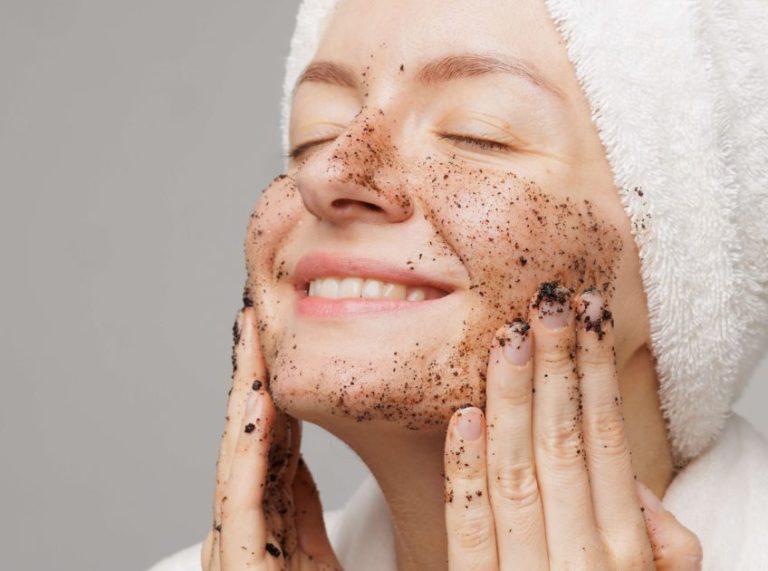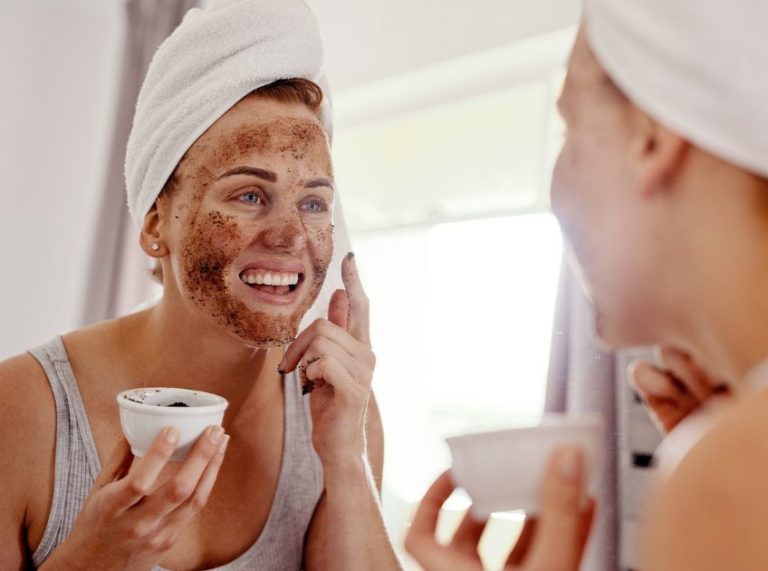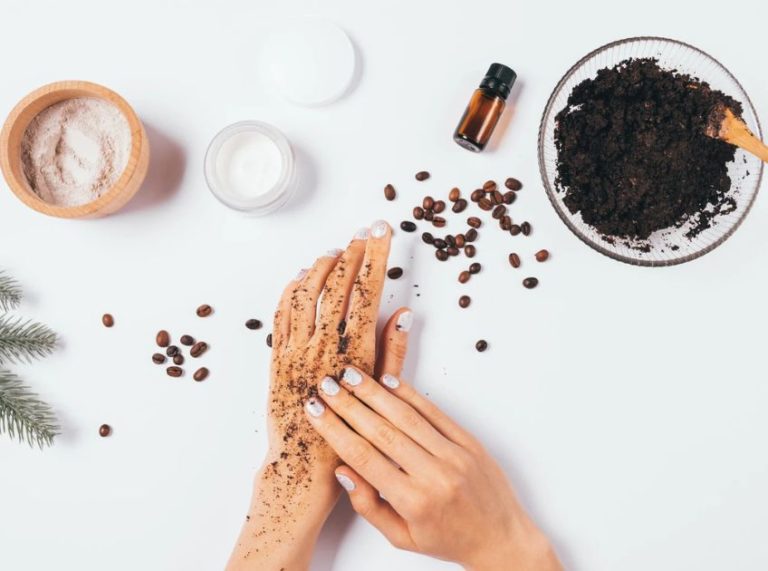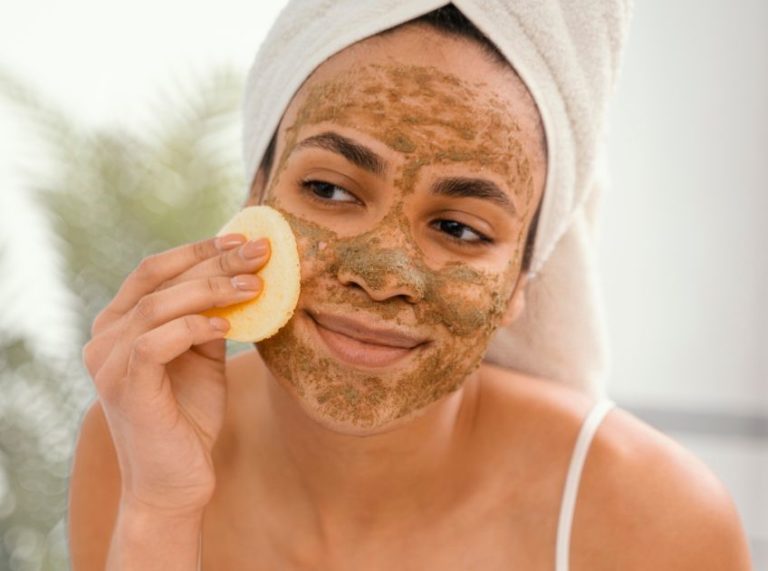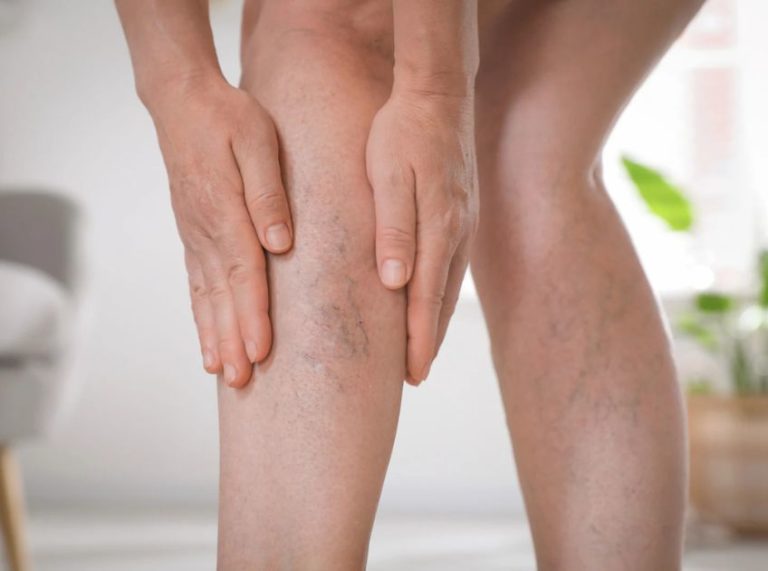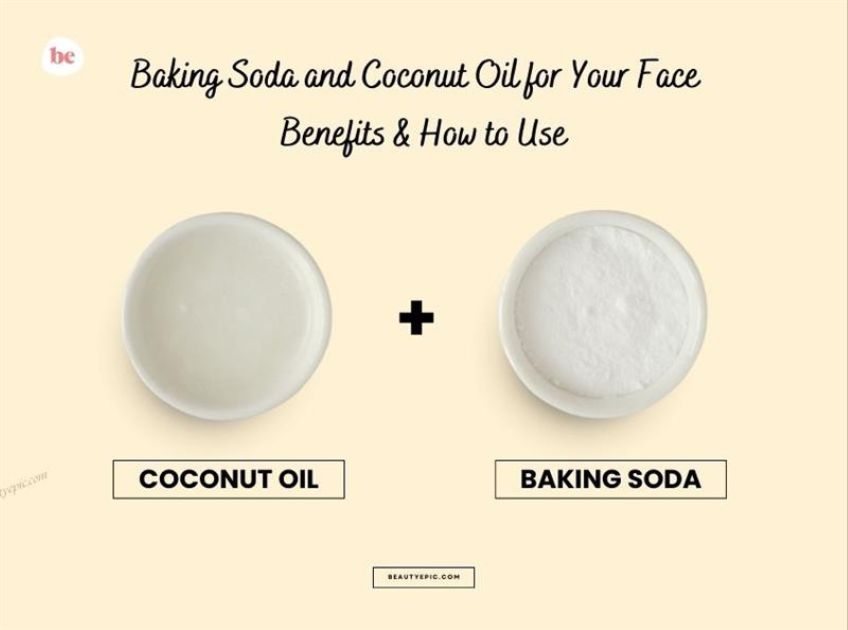
Important: This article is for informational purposes only. Please read our full disclaimer for more details.
When it comes to natural skincare, some of the most effective solutions can be found in your kitchen. Baking soda and coconut oil have long been praised for their skin-friendly properties. Combined, they can exfoliate, cleanse, and nourish your skin—offering a holistic approach to facial care without the need for harsh chemicals. However, before incorporating this duo into your routine, it’s essential to understand both their benefits and limitations.
Understanding the Components
- Baking Soda (Sodium Bicarbonate): A mild alkaline compound with natural exfoliating and cleansing properties. It helps remove dirt, dead skin cells, and excess oil.
- Coconut Oil: Rich in fatty acids and vitamin E, coconut oil nourishes, hydrates, and supports skin barrier function. Its antimicrobial properties can also help in reducing bacterial growth on the skin.
Backed by Science
- A study published in the Journal of the American Oil Chemists’ Society (2008) found that virgin coconut oil improves skin hydration and has antimicrobial effects (1).
- Research highlights that baking soda has mild antiseptic properties, but dermatologists caution against frequent or high-concentration use due to its alkaline nature, which may disrupt the skin barrier if overused (2).
7 Benefits of Using Baking Soda and Coconut Oil for Your Face
1. Gentle Exfoliation
How it works
Baking soda’s fine, grainy texture helps buff away dead skin cells without harsh scrubbing. Coconut oil ensures that while exfoliating, the skin remains moisturized and soft.
How to use
- Mix 1 tsp baking soda with 2 tsp coconut oil.
- Apply in circular motions for 1–2 minutes.
- Rinse with lukewarm water.
Science: Exfoliation improves cell turnover, which may enhance skin brightness and texture (3).
Pro tip: Limit exfoliation to once weekly if you have sensitive skin.
2. Deep Cleansing Action
How it works
Baking soda draws out dirt and impurities, while coconut oil helps dissolve excess oil and makeup residue. Together, they provide a thorough yet gentle cleansing effect.
How to use
- Massage a pea-sized amount of the mixture onto your face for 2 minutes.
- Rinse and pat dry.
Science: Coconut oil contains lauric acid, which is lipophilic—meaning it dissolves oil-based impurities on the skin.
Pro tip: Use this method as a weekly detox cleanser, not a daily routine.
3. Antibacterial Properties
How it works
Baking soda has mild antiseptic qualities, while coconut oil’s lauric acid is proven to fight acne-causing bacteria like Cutibacterium acnes.
How to use
- Dab a small amount of the mixture on acne-prone areas.
- Leave for 5–7 minutes before rinsing.
Science: A study in the Journal of Dermatological Science highlighted coconut oil’s antimicrobial action against skin pathogens (4).
Pro tip: Spot treat pimples instead of applying to the whole face if you have active breakouts.
4. Natural Brightening Effect
How it works
Baking soda removes dull surface buildup, while coconut oil hydrates and enhances skin’s natural glow.
How to use
- Mix equal parts baking soda and coconut oil.
- Apply as a thin mask for 5 minutes.
- Rinse with cool water.
Pro tip: Add a drop of lemon juice for extra brightening—but only if your skin isn’t sensitive.
5. Balancing Excess Oil
How it works
Baking soda absorbs excess sebum, while coconut oil prevents over-drying by replenishing the skin barrier with fatty acids.
How to use
- Apply the mixture only to oily areas (like the T-zone).
- Leave for 2–3 minutes before rinsing.
Pro tip: If you have very oily skin, opt for fractionated coconut oil—lighter and less likely to clog pores.
6. Soothing Irritated Skin
How it works
Coconut oil contains anti-inflammatory compounds like capric and caprylic acid, which can calm redness. Baking soda, when used sparingly, helps reduce itchiness.
How to use
- Apply a thin layer of coconut oil with just a pinch of baking soda.
- Leave for 5 minutes before rinsing.
Science: Research supports coconut oil’s role in reducing inflammation and aiding wound healing (5).
Pro tip: If your skin feels more irritated, reduce the baking soda and use coconut oil alone.
7. Cost-Effective and Chemical-Free
How it works
DIY remedies are free of synthetic chemicals, fragrances, or parabens, often found in commercial skincare. This makes them accessible, affordable, and customizable.
How to use
- Prepare small, fresh batches of the mixture.
- Store in a clean, airtight container for up to a week.
Science: While not a “scientific” benefit, minimizing chemical exposure can help individuals with sensitive skin or allergies.
Pro tip: Always choose organic, cold-pressed coconut oil and food-grade baking soda for the safest results.
Considerations and Precautions
While this mixture has benefits, it’s not for everyone. Baking soda is alkaline (pH ~9), whereas healthy skin is slightly acidic (pH ~5.5). Overuse may disrupt the skin barrier, leading to dryness or sensitivity.
Tips to use safely
- Limit use to once or twice a week.
- Always patch-test before applying to your face.
- Avoid if you have extremely sensitive skin, eczema, or rosacea.
Fractionated Coconut Oil: A Superior Choice for Facial Care
Unlike regular coconut oil, fractionated coconut oil remains liquid at room temperature and is less comedogenic, meaning it’s less likely to clog pores. It absorbs quickly, providing hydration without leaving a heavy, greasy film on the skin.
Why it’s better for the face:
- Lightweight and fast-absorbing
- Longer shelf life
- Non-greasy finish
- Suitable for oily and acne-prone skin types
Selecting Premium Fractionated Coconut Oil
Not all oils are created equal. To get the best results:
- Choose 100% pure, cold-pressed, and unrefined fractionated coconut oil.
- Avoid products with added fillers, fragrances, or preservatives.
- Look for organic and non-GMO certifications for maximum skin safety.
Frequently Asked Questions (FAQ’S)
1. Can I use baking soda and coconut oil on my face every day?
A. No. Due to baking soda’s alkalinity, it’s best to limit use to once or twice weekly to avoid skin barrier damage.
2. Is this remedy suitable for acne-prone skin?
A. Yes, in moderation. Coconut oil has antibacterial properties, but those with severe acne may find it too heavy. Fractionated coconut oil is a better choice.
3. Can I store the mixture?
A. Yes, but it’s best to prepare small batches. Store in an airtight container at room temperature for up to one week.
The combination of baking soda and coconut oil offers a natural way to exfoliate, cleanse, and nourish your skin. When used carefully, it can brighten, balance, and soften your face—making it a powerful DIY skincare remedy. For optimal results, opt for fractionated coconut oil to ensure a lightweight, non-greasy finish. Remember, moderation is key, and if you have sensitive or problematic skin, consult with a dermatologist before incorporating this remedy into your routine.


